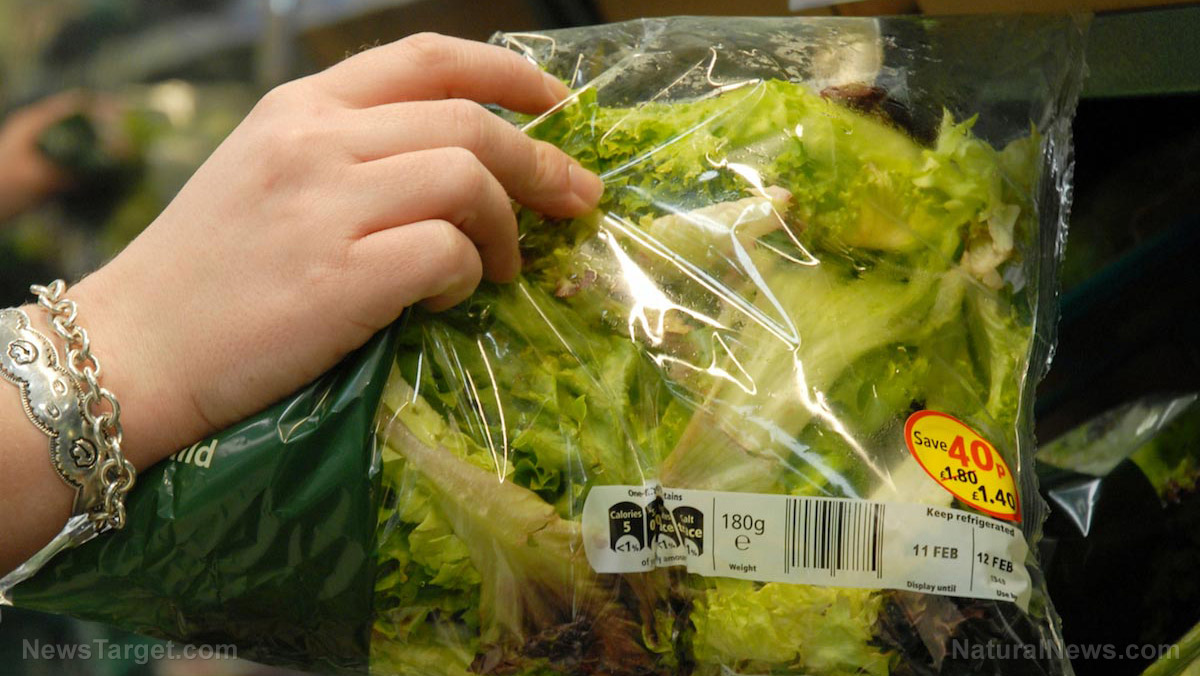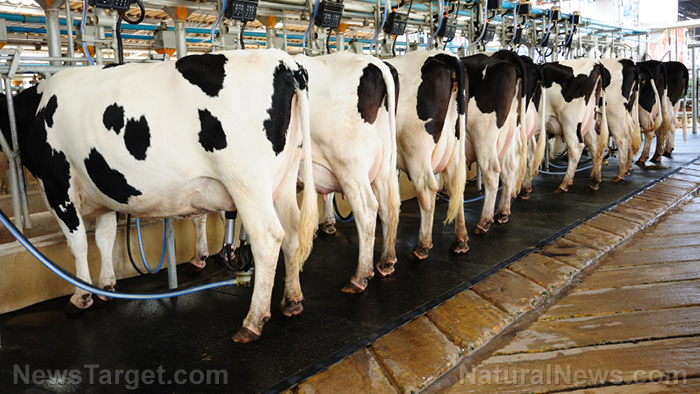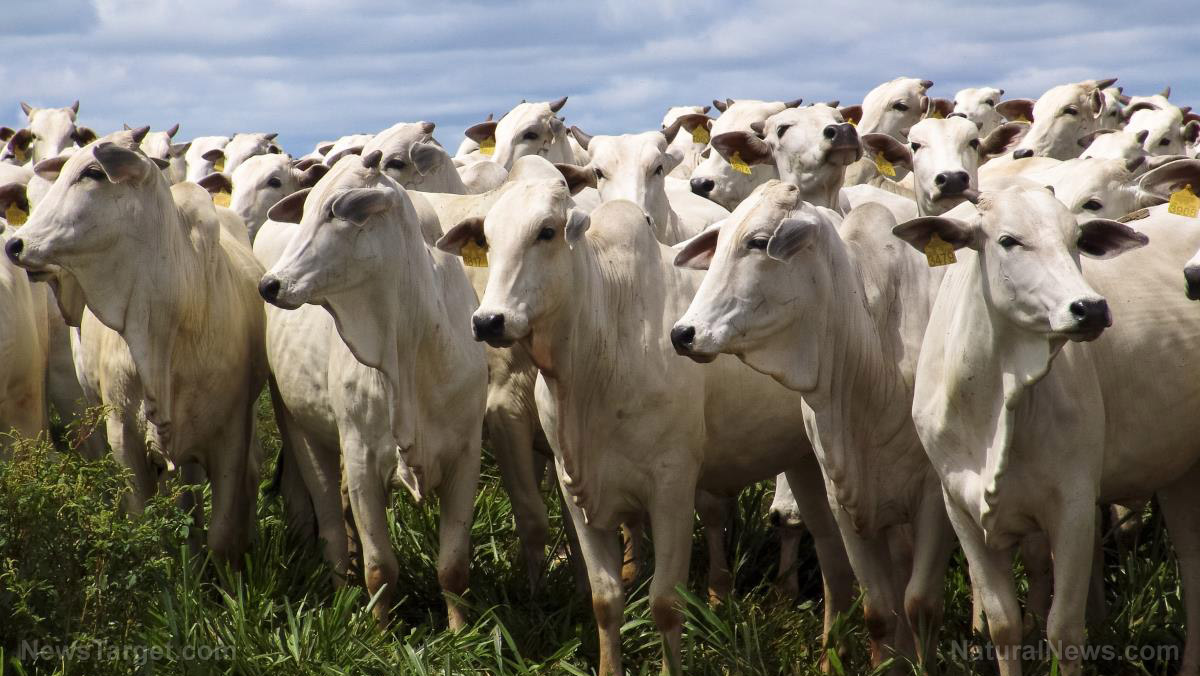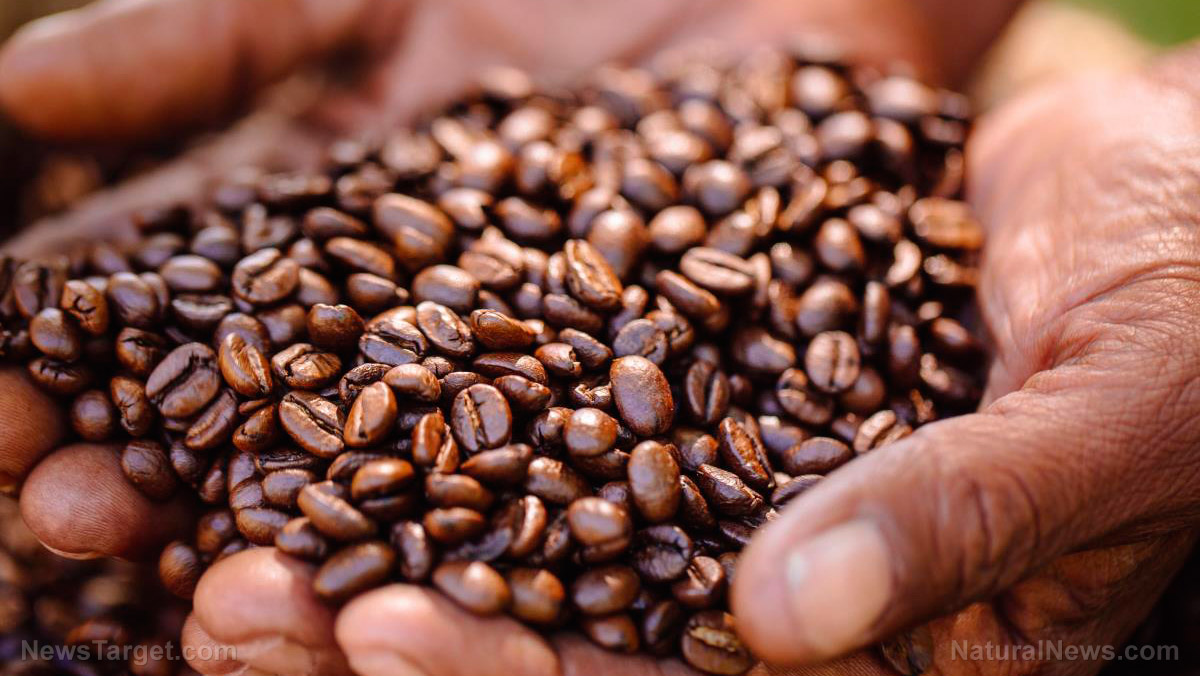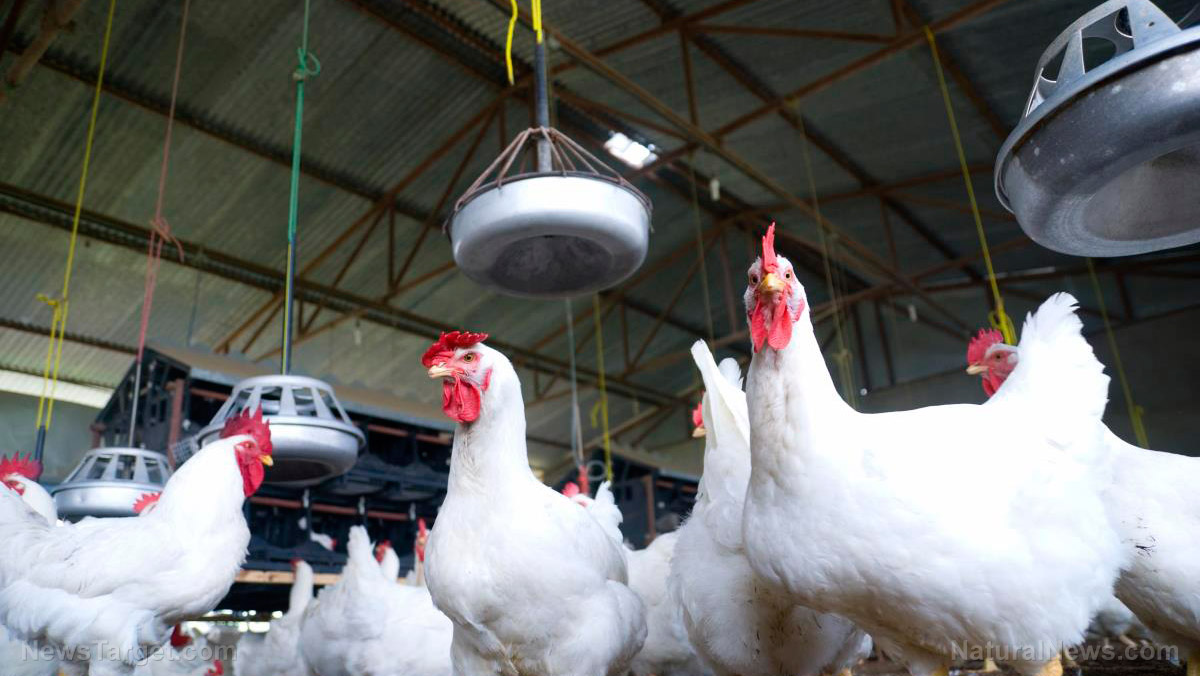WHO warns H5N1 bird flu still a major pandemic threat
06/22/2023 / By Olivia Cook

The World Health Organization (WHO) has warned that H5N1, a particular strain of the avian influenza virus, remains a major pandemic threat. It also noted that the world is experiencing the worst bird flu epidemic every seen.
The global health body issued this warning in a June 1 update, saying that “the zoonotic threat remains elevated due to the spread of the viruses. It called on member states to “remain vigilant and consider mitigation steps to reduce human exposure to potentially infected birds to reduce the risk of additional zoonotic infection.”
According to Medical Xpress, Type A bird flu viruses have jumped from wild birds to domestic ones, poultry, mammals and even humans over the last year. There have been more bird flu outbreaks on farms than ever before – targeting chickens, ducks and turkeys. Over 140 million poultry have died worldwide from the disease or related culling since October 2021, according to the World Organization for Animal Health.
More than 3,000 sea lions died of bird flu in Peru in the first two months of 2023. Meanwhile, 700 Caspian seals in Russia and several dolphins in the U.K. and the U.S. also died following H5N1 infection. Several cases of bird flu have also been seen in foxes that eat dead birds, and some mink farms in Spain reportedly experienced outbreaks of the disease.
“We used to think that five outbreaks in a season was bad, but hundreds of U.K. farms have gone down with bird flu in the last 12 months,” said James Wood, who heads the veterinary medicine department at the University of Cambridge. “It killed farmed birds really fast. They’re usually dead within 24 hours of showing signs of infection, and we’re seeing mass mortality events.”
Wood added that the bird flu outbreak was “absolutely devastating,” and even pushed some species to the brink of extinction. “Gannets, terns and cranes have all died in huge numbers,” he noted.
Particular bird flu strain can infect humans
Normally, bird flu viruses do not infect humans. However, the U.S. Centers for Disease Control and Prevention pointed out that humans have sporadically contracted bird flu.
Back in 1997, 18 people were infected with bird flu in Hong Kong – with six succumbing to the disease. This was the first time the pathogen had ever been seen in humans, with this strain killing a third of people it infected. (Related: Bird flu is evolving in Chinese poultry; the WHO says avian flu has spread to humans for the first time.)
Derek Smith, director of Cambridge’s Center for Pathogen Evolution, said influenza researchers studying zoonotic transmission – pathogens jumping from animals to humans – became much better funded from that moment onward.
But 26 years on, a variant of bird flu more closely related to the 1998 strain is still circulating in Cambodia and the Far East. Concerns about this H5N1 bird flu variant entering Europe and the Americas remain due to the pathogen’s ability to “spill over” into various other animal species.
According to the CDC, the H5N1 virus “has caused the largest number of detected cases of severe respiratory tract in humans.” Those infected had experienced severe illness and death. Majority of those infected were children and adults younger than 40, and mortality rates were highest in people aged between 10 and 19 and in young adults.
In the majority of cases, people got the virus after direct or close contact with sick or dead poultry carrying the pathogen. Visiting a live poultry market and having prolonged, unprotected close contact with infected individuals are also risk factors.
Many cases of H5N1 infection among humans correspond to the seasonality of bird flu outbreaks among poultry, the CDC added. These occur more often during relatively cooler periods found in months at the beginning and end of the year. However, human cases can happen at any time – especially in nations where the pathogen is endemic in poultry.
Watch Dr. Lee Merritt explaining to Brannon Howse that the H5N1 bird flu outbreak is actually an attack on the food supply.
This video is from the Worldview Report channel on Brighteon.com.
More related stories:
Moderna developing new mRNA flu vaccine for upcoming avian influenza pandemic.
The 8 best herbal home remedies to fight avian flu or bird flu virus.
How to beat and prevent the avian flu and other influenza.
Sources include:
CDN.WHO.int [PDF]
Submit a correction >>
Tagged Under:
agriculture, animals, avian flu, big government, bird flu, dangerous, ecology, environment, food supply, H5N1, infections, influenza, mammals, national security, outbreak, pandemic, pandemic threat, plague, World Health Organization, zoonotic transmission
This article may contain statements that reflect the opinion of the author
RECENT NEWS & ARTICLES
WorldAgriculture.News is a fact-based public education website published by WorldAgriculture News Features, LLC.
All content copyright © 2022 by WorldAgriculture News Features, LLC.
Contact Us with Tips or Corrections
All trademarks, registered trademarks and servicemarks mentioned on this site are the property of their respective owners.






